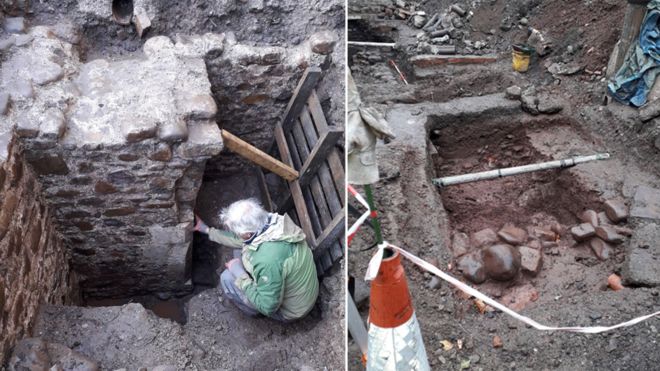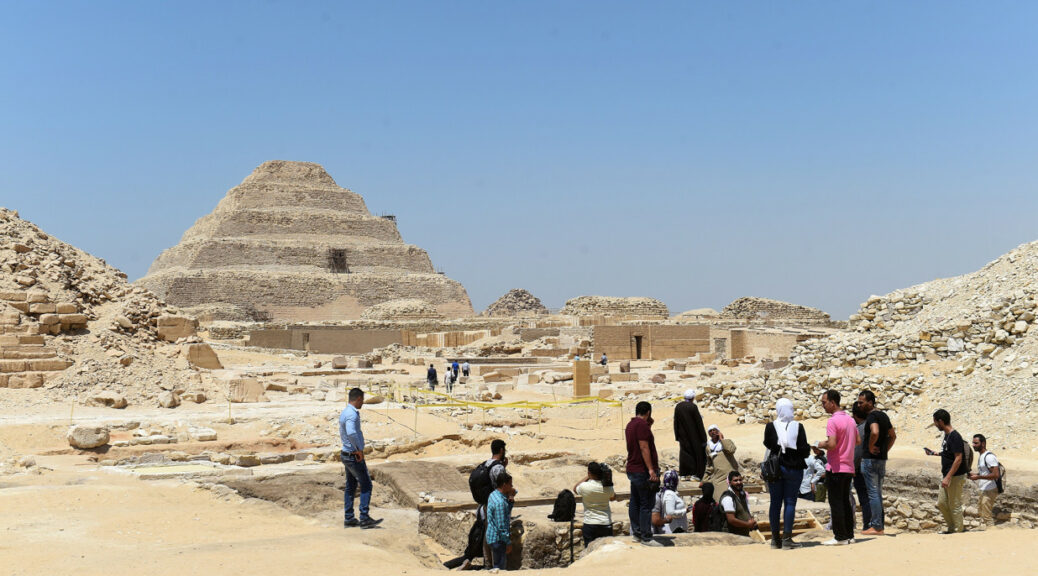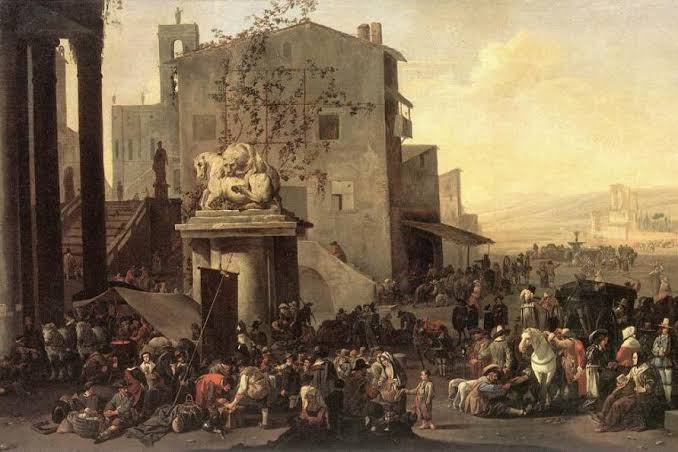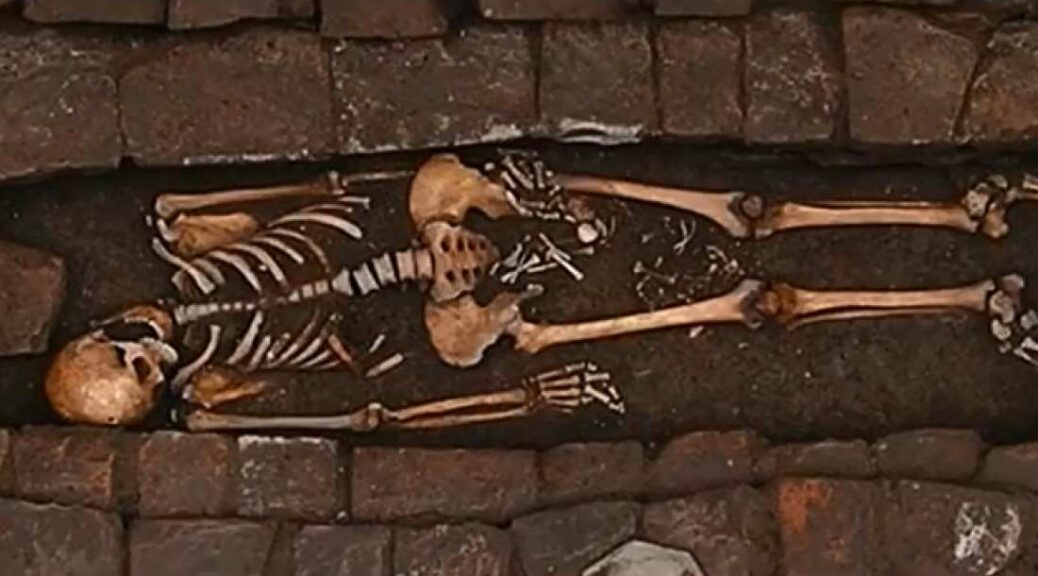Medieval building found in Llandaff under public toilets
Located next to Llandaff’s Old Bishop Castle in the 13th century, the site tells experts that there would have been an important person who lived there.
A public dig began in September and participants quickly discovered an unearthed fireplace, chequered floor tiles, animal bones, and old horseshoes.
About 200 schoolchildren and 35 other volunteers assisted in the search, starting with excavations around the public toilets as they were turned into a community heritage site.
Archaeologists said they think the building dates back to around 1450. The toilets were built in the 1930s in an area known as the Pound – a reference to its housing stray animals since the 17th century.
Dr. Tim Young, a lead archaeologist, said: “This was a surprise to find a high-status building.” The house, around 10m in length, could be regarded as prestigious, according to Dr. Young.
This comes as Bath stone had been used to construct the fireplace, a distinctive appearing limestone notable for its warm honey colour. The stone was not commonly used at the time, though, it can be found at Llandaff Cathedral.
Despite the researchers not currently knowing who lived at the house, they said it was likely someone of high status because of its close proximity to the Old Bishop’s Castle, with bishops at the time holding manorial rights.

Counting tokens were widespread in the medieval world through to the 1600s and were used as counters for calculations on a counting board, similar to an abacus.
They also found uses in games, similar to modern casinos, in what we would now identify as poker chips.
The medieval building will be blanketed in a protective covering to make way for the construction of a new community venue set up by Llandaff 50+, a charity promoting social inclusion of over 50s in the community.


Several theories of who may have lived in the building have floated since its discovery. Among them, a housekeeper for the nearby Manor of Llandaff or an official of the Llandaff Cathedral.
Dr. Young said: “The site is known as the pound as it was the animal pound for Llandaff and we have evidence of that dating back to about 1607.
“It had always been assumed that the area was also the pound before that so the discovery of a medieval dwelling on the site was quite unexpected.”
Items discovered from the site will now be sent to experts at Cardiff University and other national museums for analysis. This will, hope researchers, provide more details about who may have once lived there and what their life entailed.
Although, Dr. Young admitted: “It won’t be for another six months or even a year until we could come to any sort of conclusion.”
The community dig project was granted funding by the National Heritage Lottery Fund and Cardiff YMCA Trust. In August, researchers uncovered a number of historic items of significance at a separate site in Cardiff.
Nestled in the Cardiff suburbs of Caerau and Ely, shale bracelets were found at an Iron Age hill fort.
It was thought to once be the powerhouse for the city more than 2,000 years ago, with previous excavations have uncovered evidence of houses.
























